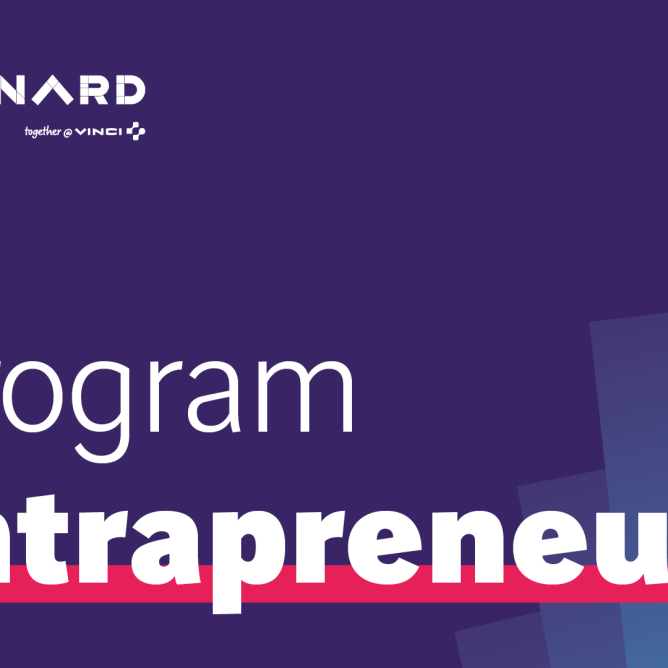The Circular Economy (CE) is a disruptive economic model that emphasises systems of reclamation and regeneration in which products, components and materials continuously increase, recreate and preserve value. In practice, CE uses design to minimise waste by reusing, repairing, reconditioning and recycling existing materials and products. It applies the principle of “design for X” (X can be reused, repaired, reconditioned and recycled) to extend the life cycle of products and avoid the extraction of natural resources. Another positive effect of CE is the expected job creation in the service sector. This approach is applicable to all products and all sectors of activity.
A wave of opportunities to invest in the circular economy, in Europe and globally
The circular economy offers a chance for dialogue and collaboration between private and public actors to create long-term value. The Green Deal for Europe and the new Circular Economy Action Plan aim to ensure that all public policies are aligned with other European rules to drive the transition to a resilient circular economy. They encourage and create the conditions for investments in line with the CE principles. The EU Multiannual Financial Framework 2021-2027 and the NextGenerationEU recovery plan create an unprecedented opportunity to get the wave of building renovations off the ground, fostering new economic opportunities and investment capacities for this crucial sector.
Developing circular capacities
The transition to the circular economy will transform the way we live, work and interact. It is about preparing for this with the right skills:
– those related to the circularity of materials, from product design to recycling and reuse.
– Infrastructure circularity skills, such as reverse logistics and physical infrastructure management
– Skills related to the repair and maintenance of goods and equipment
– Service skills, e.g. digital sharing platforms or second-hand goods marketplaces
– Creative skills, e.g. design and marketing of circular products and services
The emerging trends: “Building the circular economy here and now” offers many recommendations for implementing a circular economy strategy with inspiring examples from the construction world.


